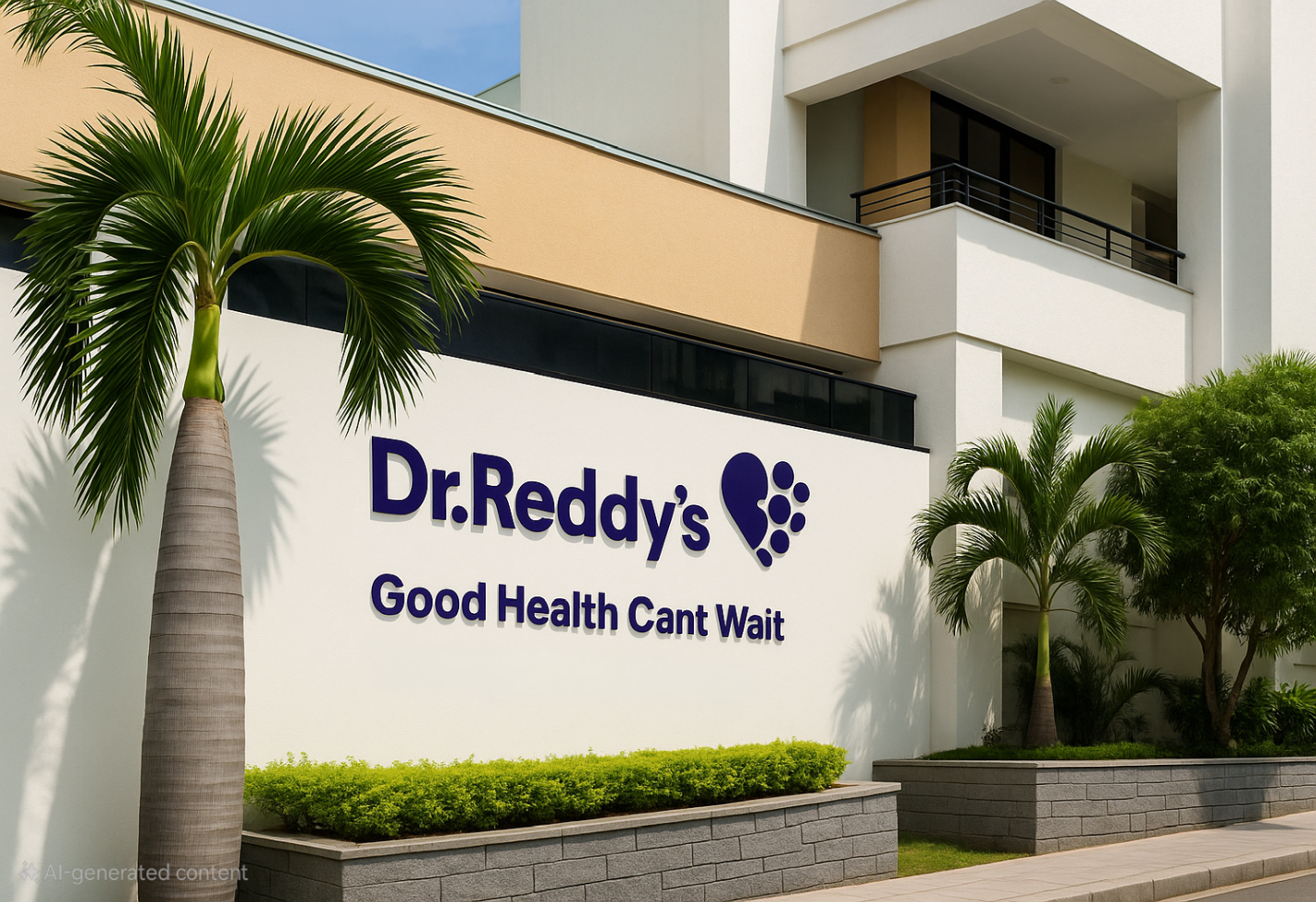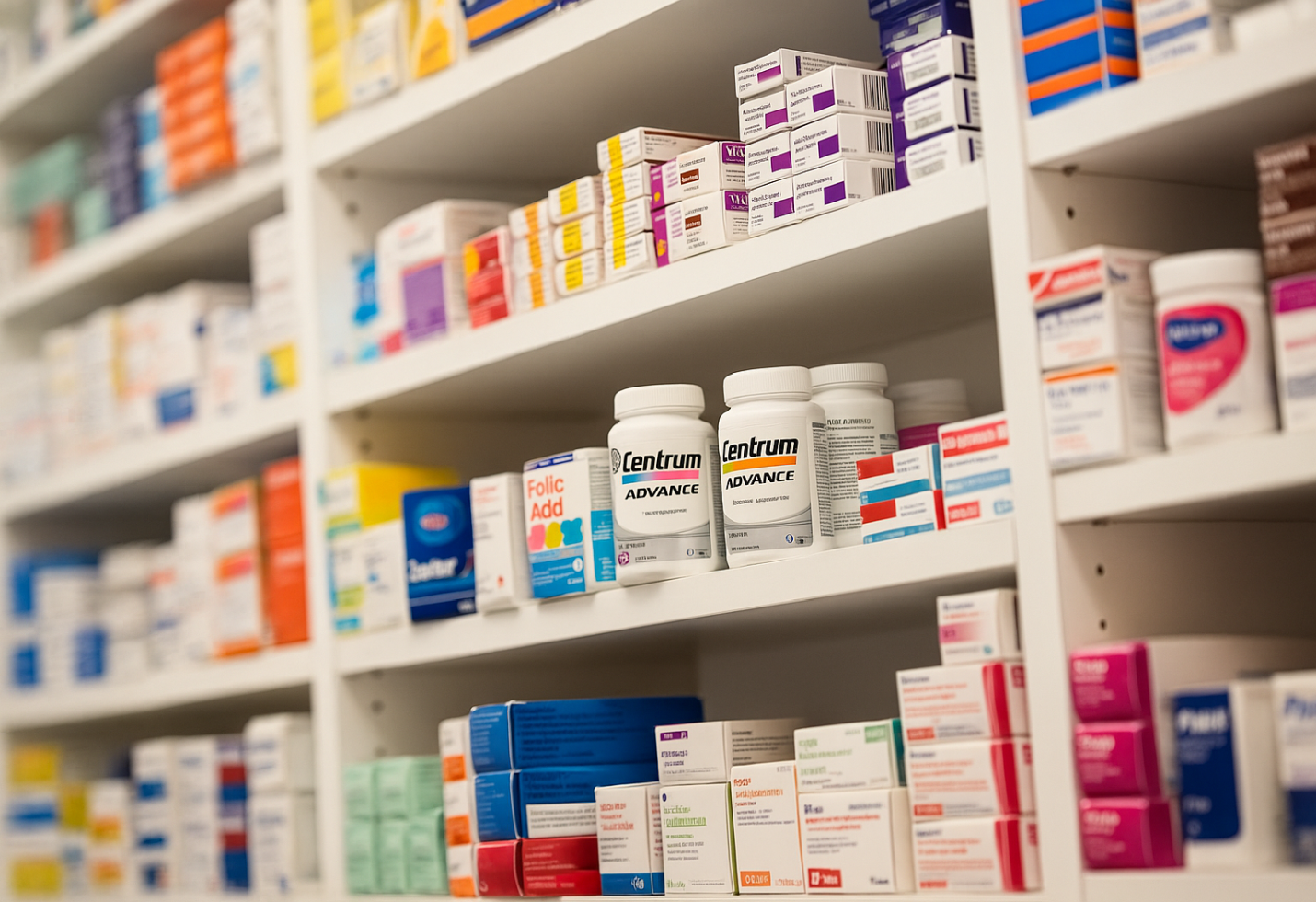Cipla Ltd Q2 FY26: Revenue Hits Record Level, but Profit Growth Remains Modest
Cipla posted its highest-ever quarterly revenue at ₹7,589 crore in Q2 FY26, a +7.6% YoY increase. Growth was broad-based across India, Africa and Emerging Markets. However, EBITDA remained almost flat and margins softened. Profit also grew only +3.7% YoY to ₹1,351 crore. The US business remained steady but not strong, while API revenue declined. Overall, Cipla is growing steadily in scale, but profitability is expanding at a slower pace.
*Key Highlights*
* Revenue from operations: ₹7,589 crore (+7.6% YoY)
* EBITDA: ₹1,895 crore (+0.5% YoY)
* EBITDA margin: 25.0% (down from 26.7% last year)
* PAT: ₹1,351 crore (+3.7% YoY)
* India business: ₹3,146 crore (+7% YoY)
* North America: US$233 million (~₹2,039 crore), growth ~+3% YoY in INR terms
* Africa (One Africa): ₹1,178 crore (+10% YoY)
* Emerging Markets + Europe: ₹967 crore (+20% YoY)
* API business: ₹148 crore (down by 7% YoY)
* Total equity: ₹33,025 crore
* Total debt: ₹467 crore (very low leverage)
*Revenue & Profit Analysis*
Cipla’s +7.6% YoY revenue growth highlights strong demand and a resilient portfolio. Domestic business grew +7% YoY, while Emerging Markets posted a robust +20% YoY expansion, helping offset the slower North America performance.
However, EBITDA grew only +0.5% YoY, and the margin fell to 25%, indicating cost pressures and unfavourable product mix. PAT growth of +3.7% YoY is modest compared with the scale of revenue, showing that profitability is not keeping pace with top-line expansion.
This positions Cipla as a company that is growing in size but needs sharper margin improvement to drive stronger earnings.
*Segment & Operational Performance*
1. India (One India Business)
* Revenue: ₹3,146 crore (+7% YoY)
* Chronic care contribution rose to 61.8%
* Cipla continues to strengthen its position in respiratory and chronic therapies.
2. North America
* Revenue: US$233 million (~₹2,039 crore), +3% YoY in INR
* Growth driven by the launch of biosimilar Filgrastim and approval for generic Glucagon.
* Overall growth remains muted due to competitive pricing pressure.
3. One Africa
* Revenue: ₹1,178 crore (+10% YoY)
* South Africa private market outperformed the broader market.
* The region continues to be a consistent contributor.
4. Emerging Markets & Europe
* Revenue: ₹967 crore (+20% YoY)
* This was one of the strongest segments, driven by both direct markets and strong institutional business.
5. API Business
* Revenue: ₹148 crore ( down by 7% YoY)
* This remains a weak spot and indicates softness in upstream operations.
*Risk & Outlook Considerations*
Uncertainties:
* Margin pressure: EBITDA margin dropped from 26.7% to 25%
* US business competitive pressure remains a concern despite new approvals
* API decline pulls down overall performance
* Leadership transition (new CEO in April 2026) may bring temporary uncertainty
Positives:
* Strong respiratory pipeline
* Four major respiratory launches planned by 2026
* Emerging markets momentum remains strong
* Healthy balance sheet with extremely low debt
*Conclusion*
Cipla’s Q2 FY26 performance shows solid revenue growth but mild profit expansion. Strength in India, Africa and Emerging Markets is encouraging, but margin squeeze and a slow-moving US business limit earnings momentum. The next leg of growth will depend on improving the US pipeline, restoring API performance, expanding margins through cost optimisation and successfully executing key respiratory launches. Cipla remains a stable, diversified, steady-growth pharma company, but for it to deliver stronger shareholder returns, margin and profit acceleration must improve in the coming quarters.
The image added is for representation purposes only








